Run 2 Functions In Parallel Python
Overview:
Parallel programming in Python refers to the execution of multiple tasks concurrently, allowing for improved performance and utilization of hardware resources. By running functions in parallel, developers can take advantage of the multiprocessing and threading modules in Python to achieve faster execution times for computationally intensive tasks. This article will provide an in-depth explanation of running functions in parallel, the benefits of parallel programming, and how to implement it using both the threading and multiprocessing modules. Additionally, a comparison between threading and multiprocessing will be discussed, highlighting their respective advantages and use cases.
Introduction to parallel programming in Python:
Parallel programming is a technique that enables the concurrent execution of multiple tasks, improving performance by utilizing the available system resources effectively. In Python, parallel programming can be achieved by running multiple threads or processes simultaneously. This approach allows for the efficient utilization of multi-core processors and the ability to perform parallel computations on large datasets.
Running functions in parallel:
Running functions in parallel refers to the execution of multiple functions simultaneously, each function working independently without waiting for the completion of others. This parallel execution is especially useful for computationally intensive tasks, as it allows for the simultaneous execution of multiple tasks, potentially reducing the overall execution time.
Benefits of running functions in parallel:
1. Reduced execution time: Parallel execution of functions can significantly reduce the time required to complete computationally intensive tasks by distributing the workload across multiple threads or processes.
2. Increased efficiency and utilization of resources: By utilizing multiple cores or processors, parallel programming allows for better resource utilization, maximizing hardware capabilities.
3. Enhanced scalability: Running functions in parallel enables the processing of larger datasets or multiple tasks concurrently, providing improved scalability.
4. Improved responsiveness: Applications with multi-threading capabilities can provide a more responsive user experience, as tasks can be executed concurrently, avoiding delays caused by sequential execution.
Overview of the threading module in Python:
The threading module in Python provides a way to create, control, and synchronize multiple threads of execution within a single process. It allows for concurrent execution, enabling developers to execute multiple tasks simultaneously and efficiently utilize available resources. However, it is important to note that Python’s Global Interpreter Lock (GIL) limits the performance gains achieved through multi-threading in certain scenarios.
Steps to run functions in parallel using the threading module:
1. Import the threading module.
2. Create multiple thread objects, each representing a function to be executed in parallel.
3. Implement synchronization mechanisms such as locks, semaphores, or barriers to prevent race conditions and ensure thread safety.
4. Start the execution of each thread using the start() method.
5. Coordinate the execution of threads using threading constructs, such as joining threads.
6. Handle shared data appropriately to avoid data corruption or race conditions.
Example implementation:
“`python
import threading
def function1():
# function1 implementation
def function2():
# function2 implementation
# Create thread objects
thread1 = threading.Thread(target=function1)
thread2 = threading.Thread(target=function2)
# Start the execution of threads
thread1.start()
thread2.start()
# Coordinate execution using join()
thread1.join()
thread2.join()
“`
Explanation of the multiprocessing module in Python:
The multiprocessing module in Python allows the execution of multiple processes concurrently. Unlike the threading module, each process in multiprocessing runs in its own separate memory space, enabling true parallel execution. However, it comes with the overhead of inter-process communication and more resource consumption.
Steps to run functions in parallel using the multiprocessing module:
1. Import the multiprocessing module.
2. Create multiple process objects, each representing a function to be executed in parallel.
3. Implement inter-process communication mechanisms, such as queues or pipes, to share data between processes.
4. Start the execution of each process using the start() method.
5. Coordinate the execution of processes using multiprocessing constructs, such as joining processes.
6. Handle shared data and prevent race conditions using appropriate synchronization mechanisms, such as locks or managers.
Example implementation:
“`python
import multiprocessing
def function1():
# function1 implementation
def function2():
# function2 implementation
# Create process objects
process1 = multiprocessing.Process(target=function1)
process2 = multiprocessing.Process(target=function2)
# Start the execution of processes
process1.start()
process2.start()
# Coordinate execution using join()
process1.join()
process2.join()
“`
Comparison between threading and multiprocessing:
1. Performance and overhead: Threading is typically faster and has less overhead due to the lightweight nature of threads. However, the Global Interpreter Lock limits the performance gains in multi-threaded scenarios. On the other hand, multiprocessing incurs more overhead due to inter-process communication but offers true parallelism and is not impacted by the Global Interpreter Lock.
2. Resource consumption: Threading consumes less memory and resources compared to multiprocessing as threads share the same memory space. Multiprocessing, on the other hand, requires separate memory spaces for each process, resulting in increased resource consumption.
3. Use cases: Threading is more suitable for I/O-bound tasks or scenarios that involve waiting for external resources, as it allows concurrent execution while waiting for I/O operations. Multiprocessing, on the other hand, is recommended for CPU-bound tasks that require intensive computations, as it leverages multiple CPU cores effectively.
FAQs:
1. Can I run two lines of code in parallel in Python?
Yes, you can run two lines of code in parallel in Python by using the threading or multiprocessing modules. Both modules provide mechanisms for executing multiple tasks concurrently, allowing two lines of code to be executed simultaneously.
2. How can I run the same function in parallel in Python?
To run the same function in parallel using threading, you can create multiple thread objects, each targeting the same function. By starting and joining these threads, the function will be executed concurrently. Similarly, in multiprocessing, you can create multiple process objects targeting the same function and start/join them to achieve parallel execution.
3. How can I run multiple threads in parallel in Python?
To run multiple threads in parallel in Python, you can create multiple thread objects targeting different functions or the same function. By starting and joining these threads, they will execute concurrently, providing parallel execution.
4. How can I run parallel Python processes?
Parallel execution of Python processes can be achieved using the multiprocessing module. By creating multiple process objects, each targeting a different function, and starting/joining these processes, you can run multiple processes in parallel.
5. How can I call multiple functions at once in Python?
In Python, you can call multiple functions at once by utilizing parallel programming techniques. By using the threading or multiprocessing modules, you can create multiple threads or processes, each targeting a different function, and execute them concurrently.
6. What is multiprocessing in Python?
Multiprocessing in Python refers to the execution of multiple processes simultaneously. Unlike threading, each process runs in its own separate memory space, enabling true parallelism. The multiprocessing module in Python provides a convenient way to achieve parallel execution and utilize the full potential of multi-core processors.
7. Can you provide an example of parallel processing in Python?
Certainly! Here’s an example of parallel processing in Python using the multiprocessing module:
“`python
import multiprocessing
def process_data(data):
# Process data implementation
def main():
data = [1, 2, 3, 4, 5]
# Create process objects
p1 = multiprocessing.Process(target=process_data, args=(data,))
p2 = multiprocessing.Process(target=process_data, args=(data,))
# Start the execution of processes
p1.start()
p2.start()
# Coordinate execution using join()
p1.join()
p2.join()
if __name__ == ‘__main__’:
main()
“`
In this example, the `process_data` function is executed in parallel by creating two separate processes and starting/joining them.
In conclusion, running functions in parallel using Python’s threading and multiprocessing modules offers significant benefits in terms of performance, resource utilization, scalability, and responsiveness. By implementing parallel programming techniques, developers can harness the full potential of multi-core processors and handle computationally intensive tasks efficiently. It is important to weigh the advantages and disadvantages of threading and multiprocessing based on specific use cases to make an informed decision.
Python Tutorial – How To Use Multiprocessing To Run Multiple Functions At The Same Time
Can Python Run Two Functions In Parallel?
Python is a versatile programming language known for its simplicity and ease of use. It is widely used in various domains, including web development, data analysis, and scientific computing. As Python gains popularity, developers often find themselves faced with the challenge of running multiple functions concurrently to improve efficiency and responsiveness. In this article, we will explore the possibilities of running two functions in parallel using Python’s threading and multiprocessing modules.
Python’s threading module provides a simple and straightforward way to implement concurrency by allowing multiple threads to run concurrently within a single process. Threads are lightweight and share the same memory space, enabling them to communicate and exchange data easily. However, due to Python’s Global Interpreter Lock (GIL), which ensures only one thread can execute Python bytecode at a time, threading is not as effective for CPU-bound tasks. Nevertheless, it can still be beneficial for IO-bound operations.
To run two functions in parallel using the threading module, we can create two Thread objects, each representing a function to be executed concurrently. Let’s take a look at an example:
“`python
import threading
def function1():
print(“Function 1 running”)
def function2():
print(“Function 2 running”)
# Create thread objects
thread1 = threading.Thread(target=function1)
thread2 = threading.Thread(target=function2)
# Start both threads
thread1.start()
thread2.start()
# Wait for both threads to finish
thread1.join()
thread2.join()
print(“Both functions completed”)
“`
In this example, we define two functions, `function1()` and `function2()`, which print a simple message indicating that they are running. We create two thread objects, `thread1` and `thread2`, and assign the respective functions as targets. By invoking the `start()` method on each thread, we commence their execution. Finally, we use the `join()` method to ensure that the program waits for both threads to complete before printing the final message.
Alternatively, Python’s multiprocessing module provides a more efficient approach to run tasks in parallel, particularly for CPU-bound operations. Unlike threads, which are limited by the GIL, processes in the multiprocessing module have their own memory space, allowing them to fully utilize multiple cores of the CPU. This leads to improved performance and increased overall execution speed.
Let’s see how we can run two functions in parallel using the multiprocessing module:
“`python
import multiprocessing
def function1():
print(“Function 1 running”)
def function2():
print(“Function 2 running”)
# Create process objects
process1 = multiprocessing.Process(target=function1)
process2 = multiprocessing.Process(target=function2)
# Start both processes
process1.start()
process2.start()
# Wait for both processes to finish
process1.join()
process2.join()
print(“Both functions completed”)
“`
In this example, we define two functions, `function1()` and `function2()`, similar to the previous method. However, instead of creating thread objects, we create process objects using the `multiprocessing.Process()` class. The rest of the logic remains the same: starting the processes with `start()` and waiting for them to complete with `join()`.
FAQs:
Q: Can Python run functions in parallel across multiple processors?
A: Yes, Python’s multiprocessing module allows the execution of functions in parallel across multiple processors, utilizing each core’s full potential.
Q: Can I share data between parallel functions?
A: Yes, both the threading and multiprocessing modules allow sharing data between threads and processes. However, precautions should be taken to ensure proper synchronization and avoid data corruption.
Q: Does Python’s Global Interpreter Lock affect parallel execution?
A: Yes, the Global Interpreter Lock limits the effectiveness of parallel execution with threading, mostly impacting CPU-bound tasks. However, the multiprocessing module is not subject to the GIL’s restrictions.
Q: Which module should I use for my application: threading or multiprocessing?
A: If your application involves predominantly IO-bound operations, the threading module should suffice. However, if you are dealing with CPU-bound tasks, the multiprocessing module is recommended for superior performance.
In conclusion, Python provides two modules, threading and multiprocessing, to enable the concurrent execution of multiple functions. The threading module is suitable for IO-bound tasks, while the multiprocessing module is advantageous for CPU-bound operations. By harnessing the power of concurrency, developers can significantly enhance the efficiency and responsiveness of their Python applications.
Is Parallel Programming Possible In Python?
Parallel programming refers to the practice of executing multiple computations simultaneously, thereby utilizing multiple processing units or cores to improve efficiency and execution speed. Traditionally, parallel programming has been more commonly associated with languages like C or Java due to their low-level control over hardware resources. However, Python, known for its simplicity and readability, has also made significant strides in becoming a viable option for parallel programming.
Python, as a high-level programming language, is not inherently designed for parallel computing. GIL (Global Interpreter Lock) is a key factor that restricts true parallelism in Python. GIL is a mechanism that ensures only one thread executes Python bytecode at a time, even on multi-core systems. Although GIL restricts parallelism, it helps Python provide thread-safe memory management automatically.
While GIL poses a limitation, there are still several ways to achieve parallelism in Python, such as through multiprocessing, multithreading, and distributed programming libraries.
One of the most popular approaches to parallel programming in Python is through multiprocessing. The multiprocessing module allows the creation of multiple processes to execute tasks concurrently, making use of all available CPU cores. Each process created by the multiprocessing module has a separate instance of the Python interpreter and its own memory space, allowing for true parallel execution.
Multithreading, on the other hand, can also be used for parallel programming in Python, but it’s important to note that due to GIL, true parallelism can’t be achieved with threads. However, threads can be utilized to perform I/O-bound tasks more efficiently by relinquishing control to other threads while waiting for I/O operations to complete. This approach, known as concurrent programming, allows for increased responsiveness and can significantly improve performance when dealing with I/O-bound tasks.
In addition to multiprocessing and multithreading, Python provides various libraries and frameworks that enable distributed programming for parallel computing. These libraries, such as Dask, PySpark, or mpi4py, leverage the power of distributed systems to execute tasks across multiple machines or clusters. Distributed computing can greatly enhance the scalability of parallel programs and tackle larger-scale problems by utilizing the combined resources of multiple machines.
Frequently Asked Questions (FAQs):
Q: Can Python achieve true parallelism?
A: Python’s Global Interpreter Lock (GIL) restricts true parallelism by only allowing one thread to execute Python bytecode at a time. However, by utilizing multiprocessing or distributed programming techniques, it is possible to achieve parallel execution in Python.
Q: What is the difference between multiprocessing and multithreading in Python?
A: Multiprocessing involves creating multiple processes, each with its own memory space and Python interpreter, to execute tasks concurrently. Multithreading, on the other hand, involves creating multiple threads within a single process, but due to the GIL, true parallelism cannot be achieved with threads.
Q: What are the advantages of parallel programming in Python?
A: Parallel programming in Python can improve performance by utilizing multiple CPU cores or distributed machines, making it suitable for computationally intensive tasks. It can also enhance responsiveness and efficiency for I/O-bound tasks.
Q: Are there any limitations to parallel programming in Python?
A: While Python provides options for parallel programming, certain limitations exist. The Global Interpreter Lock (GIL) restricts true parallelism when using threads. Additionally, parallel programming may introduce complexities, such as the need for synchronization mechanisms and potential race conditions.
Q: Are there any recommended libraries for parallel programming in Python?
A: There are several libraries and frameworks available for parallel programming in Python, depending on the specific requirements and use case. Some popular options include multiprocessing, concurrent.futures, Dask, PySpark, and mpi4py.
In conclusion, although Python’s Global Interpreter Lock (GIL) restricts true parallelism, it is indeed possible to achieve parallel programming in Python through various techniques, such as multiprocessing, multithreading, and distributed programming. These approaches enable efficient utilization of multiple CPU cores or distributed resources, improving performance and scalability. Consideration of the specific requirements and trade-offs associated with each technique is crucial when implementing parallel programming in Python.
Keywords searched by users: run 2 functions in parallel python Run two lines in parallel python, Run same function in parallel Python, Python run multiple threads in parallel, Run parallel Python, Python call multiple functions at once, Multiprocessing Python, Parallel processing python example, Run function background Python
Categories: Top 76 Run 2 Functions In Parallel Python
See more here: nhanvietluanvan.com
Run Two Lines In Parallel Python
Parallel programming involves executing multiple tasks simultaneously, thereby utilizing the available resources more effectively. In Python, the multiprocessing module provides various tools and techniques to achieve parallel execution. We will focus on two primary approaches: using the multiprocessing module and using the threading module.
1. Using the multiprocessing module:
The multiprocessing module allows Python code to utilize multiple processors on a machine. It creates separate processes to execute different tasks, thus providing true parallelism. To run two lines concurrently using this approach, follow these steps:
a. Import the multiprocessing module:
import multiprocessing
b. Define a function for each line:
def line1():
# Code for line 1
def line2():
# Code for line 2
c. Create two Process objects and start them:
if __name__ == ‘__main__’:
p1 = multiprocessing.Process(target=line1)
p2 = multiprocessing.Process(target=line2)
p1.start()
p2.start()
p1.join()
p2.join()
The code above creates two Process objects, assigns each function to a process, starts them, and waits for them to complete using the join() function. This allows both lines to execute concurrently.
2. Using the threading module:
While the multiprocessing module creates separate processes, the threading module creates lightweight threads within a single process. Though threads do not provide true parallelism due to the Global Interpreter Lock (GIL), they can still improve performance by executing certain types of code.
a. Import the threading module:
import threading
b. Define a function for each line:
def line1():
# Code for line 1
def line2():
# Code for line 2
c. Create two Thread objects and start them:
if __name__ == ‘__main__’:
t1 = threading.Thread(target=line1)
t2 = threading.Thread(target=line2)
t1.start()
t2.start()
t1.join()
t2.join()
Similar to the multiprocessing approach, this code creates two Thread objects, assigns each function to a thread, starts them, and waits for them to complete using the join() function.
Frequently Asked Questions (FAQs):
Q: What is the difference between the multiprocessing and threading approaches?
A: The multiprocessing approach creates separate processes, which can utilize multiple processors and provide true parallelism. On the other hand, the threading approach creates lightweight threads within a single process, but due to the GIL, it does not achieve true parallelism.
Q: When should I use multiprocessing or threading in Python?
A: If your task is CPU-intensive and can benefit from utilizing multiple processors, multiprocessing is the preferred approach. However, if your task is IO-bound (e.g., network requests, file operations), threading can provide performance improvements by avoiding blocking operations.
Q: Are there any drawbacks of using parallel programming in Python?
A: Yes, parallel programming adds complexity to code, making it harder to debug and manage. Additionally, synchronization and communication between parallel tasks can introduce overhead. Additionally, the GIL in Python restricts the true parallel execution of threads.
Q: Can I run more than two lines in parallel using these approaches?
A: Absolutely! You can extend the code provided by creating additional functions and Process/Thread objects. Be cautious about resource limitations and synchronization if multiple lines access shared resources concurrently.
Q: Is parallel programming applicable to all Python applications?
A: No, not all applications can benefit from parallel programming. Tasks that are purely sequential or not resource-intensive may not experience a significant performance improvement.
In conclusion, running two lines in parallel in Python can enhance the efficiency and performance of your code. By leveraging the multiprocessing and threading modules, you can exploit the available resources and achieve concurrent execution. However, it is important to consider the nature of your task and the limitations imposed by the GIL when deciding between multiprocessing and threading. Use parallel programming with caution, ensuring proper synchronization and avoiding unnecessary complexity in your code.
Run Same Function In Parallel Python
Parallel computing has gained significant momentum in recent years, enabling developers to tackle complex tasks more efficiently by dividing the workload across multiple processors or cores. Python, a high-level, versatile programming language, offers several ways to execute the same function in parallel. In this article, we will delve into the benefits of parallel computing in Python and discuss various techniques to achieve parallelism effectively.
Benefits of Parallel Computing in Python:
1. Increased Performance: One of the primary advantages of parallel computing is improved performance. By splitting the workload across multiple cores or processors, parallel execution allows for faster completion of tasks. This is especially beneficial for computationally intensive operations, such as data processing, image rendering, or machine learning algorithms.
2. Efficient Resource Utilization: Utilizing parallelism efficiently allows developers to make the most of the available hardware resources. With modern computers often featuring multi-core processors, running the same function in parallel ensures better utilization of these cores, maximizing the system’s potential.
3. Time Savings: Parallel computing can significantly reduce the execution time of tasks that can be effectively parallelized. Functions that may take hours to complete sequentially might only require minutes or seconds when executed in parallel. This time-saving capability is particularly valuable when working with large datasets or simulations.
Techniques to Run the Same Function in Parallel:
1. Threading: Python’s threading module enables the creation of lightweight threads within a single process. This technique is suitable for tasks that involve I/O operations or are not heavily CPU-bound. However, due to Python’s Global Interpreter Lock (GIL), which limits the execution of Python bytecode to one thread at a time, threading may not provide a true performance boost for CPU-bound tasks.
2. Multiprocessing: Python’s multiprocessing module overcomes the limitations imposed by the GIL, allowing true parallel execution across multiple processes. Creating separate processes enables efficient utilization of multi-core systems and can significantly enhance the performance of CPU-bound tasks. The multiprocessing module provides several classes and functions to facilitate parallelism, such as Process, Pool, and Queue.
3. Parallelism with Numba: Numba, a just-in-time (JIT) compiler for Python, allows developers to optimize code execution across multiple cores. It achieves this by automatically generating optimized machine code from Python functions. By utilizing Numba’s parallel capabilities, developers can achieve efficient parallelism without having to delve into complex low-level programming techniques.
4. Parallelism with Dask: Dask is a powerful parallel computing library that seamlessly integrates with familiar Python libraries, such as NumPy, Pandas, and scikit-learn. It enables the execution of computations in parallel by breaking them into smaller, parallelizable chunks. Dask provides a high-level interface that abstracts away many of the complexities of parallel computing, making it an excellent choice for data scientists and analysts.
FAQs:
Q: How can I determine if my task is suitable for parallel computing in Python?
A: Tasks that involve independent operations, such as processing multiple items from a list or performing repeated mathematical operations, are often good candidates for parallelization. On the other hand, tasks with significant interdependencies or sequential dependencies may not yield significant benefits from parallel computing.
Q: Can I parallelize any piece of code?
A: While many tasks can be parallelized, not all code is suitable for parallel execution. For example, tasks that involve heavy inter-process communication or shared resources may experience performance degradation when parallelized. It is essential to analyze your specific task and consider its characteristics before deciding whether or not to parallelize it.
Q: Are there any downsides to parallel computing in Python?
A: While parallel computing offers substantial benefits, it is not without its caveats. Debugging parallel code can be more challenging due to increased complexity and the presence of race conditions. Additionally, parallel execution might lead to increased memory consumption and may require additional synchronization mechanisms.
Q: Which parallel computing technique should I choose for my task?
A: The choice of parallel computing technique depends on the nature of your task. Threading is suitable for I/O-bound tasks, multiprocessing excels in CPU-bound scenarios, Numba is great for optimizing numerical computations, and Dask is a powerful tool for parallel execution of data-intensive tasks. Evaluating the requirements and characteristics of your task will help guide your choice.
In conclusion, running the same function in parallel in Python provides numerous benefits, including increased performance, efficient resource utilization, and considerable time savings. By utilizing the appropriate parallel computing technique, such as threading, multiprocessing, Numba, or Dask, developers can harness the power of parallelism and optimize their code for enhanced execution. Understanding the nature of your task and its suitability for parallelization is crucial to ensure successful implementation.
Python Run Multiple Threads In Parallel
## Understanding Threads in Python
A thread can be thought of as a separate sequence of instructions that can execute simultaneously with other threads. Python provides the threading module, which allows developers to create and manage threads within their programs. This module enables the creation of threads, synchronization between them, and even efficient utilization of multi-core processors.
## The GIL Constraint
However, before delving into the details of thread-based parallelism in Python, it’s important to understand the Global Interpreter Lock (GIL). The GIL is a mechanism used by Python to ensure thread safety by preventing multiple threads from executing Python bytecodes simultaneously. While the GIL can hinder true parallelism for CPU-bound tasks, it does not interfere with I/O-bound ones. Therefore, Python’s thread-based parallelism is most effective in scenarios that involve I/O-bound operations, such as network requests and file handling.
## The Threading Module
Python’s threading module provides a high-level interface for creating and managing threads. Developers can define their own threads by inheriting from the Thread class and overriding its “`run()“` method. Additionally, the module offers functions such as “`start()“` to initiate threads and “`join()“` to wait for their completion. These methods allow developers to control the execution of threads and handle inter-thread communication.
## Benefits of Parallelism in Python
Running multiple threads in parallel offers several benefits for Python developers. Firstly, parallel threads can improve the overall performance and responsiveness of a program by executing simultaneous operations efficiently. By utilizing multiple CPU cores, developers can take full advantage of their hardware and significantly reduce execution times.
Secondly, parallelism enhances the concurrent execution of multiple I/O-bound tasks. For example, a program that performs multiple network requests can spawn individual threads to handle each request concurrently, effectively decreasing the total execution time. This style of parallelism is known as concurrent programming, and Python’s threading module is well-suited for such scenarios.
Thirdly, parallel execution can simplify complex tasks by breaking them down into smaller, manageable subtasks. Each subtask can be assigned to a different thread, making the overall implementation more efficient and easier to reason about. This approach is particularly valuable in scenarios where multiple independent operations need to occur simultaneously without causing any conflicts.
## Challenges and Considerations
While running multiple threads in parallel has its advantages, it also presents some challenges that developers need to be aware of. One such challenge is ensuring thread safety. Since multiple threads can access and modify shared resources concurrently, developers must carefully synchronize access to prevent race conditions and other concurrency issues. Python’s threading module provides synchronization primitives like locks and semaphores to address these concerns.
Another consideration is the overhead associated with thread creation and management. Creating and switching between threads can be relatively costly, especially when dealing with a large number of threads. It is essential to strike a balance between the number of threads created and the available system resources.
Furthermore, the GIL constraint mentioned earlier restricts true parallelism for CPU-bound tasks. While Python’s threading module allows for concurrent execution of multiple threads, the GIL prevents them from executing Python bytecodes in parallel on multiple CPU cores. This limitation means that parallel thread execution will not result in performance improvements for CPU-bound operations in Python.
## Frequently Asked Questions
Q: Can I achieve true parallelism in Python using multiple threads?
A: Due to the GIL constraint, true parallelism for CPU-bound tasks is limited. However, Python’s threading module is effective for achieving parallelism in I/O-bound operations.
Q: How can I ensure thread safety in Python?
A: Python’s threading module provides synchronization primitives such as locks and semaphores to ensure thread safety by preventing race conditions and other concurrency issues.
Q: Are there any alternatives to the threading module for parallelism in Python?
A: Yes, Python also provides the multiprocessing module, which allows for true parallelism by utilizing multiple processes instead of threads. The multiprocessing module is particularly useful for CPU-bound tasks.
Q: Is parallel programming always faster than sequential programming?
A: Parallel programming can improve performance, but it depends on several factors such as the nature of the task, the available hardware resources, and the efficiency of the parallel implementation. It is important to evaluate the specific requirements of each program before choosing a parallel approach.
Q: Can I use the threading module for GUI applications in Python?
A: While Python’s threading module can be used in GUI applications, certain frameworks may require additional considerations, as not all GUI libraries are thread-safe. It is essential to ensure proper synchronization and handle GUI updates from the main thread if necessary.
In conclusion, Python’s ability to run multiple threads in parallel offers tremendous benefits for developers. Whether it is improving program performance, enhancing concurrent execution of I/O-bound tasks, or simplifying complex operations, thread-based parallelism is a valuable tool in the Python developer’s toolkit. By making effective use of Python’s threading module and considering the challenges associated with parallelism, developers can maximize the efficiency and responsiveness of their programs.
Images related to the topic run 2 functions in parallel python

Found 37 images related to run 2 functions in parallel python theme

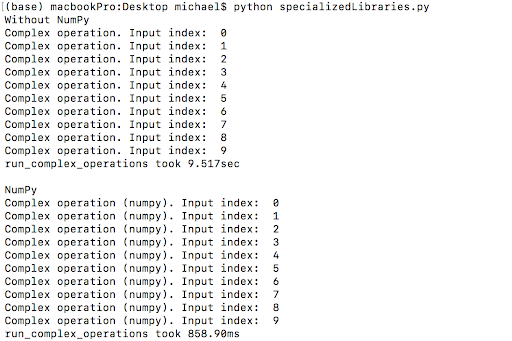




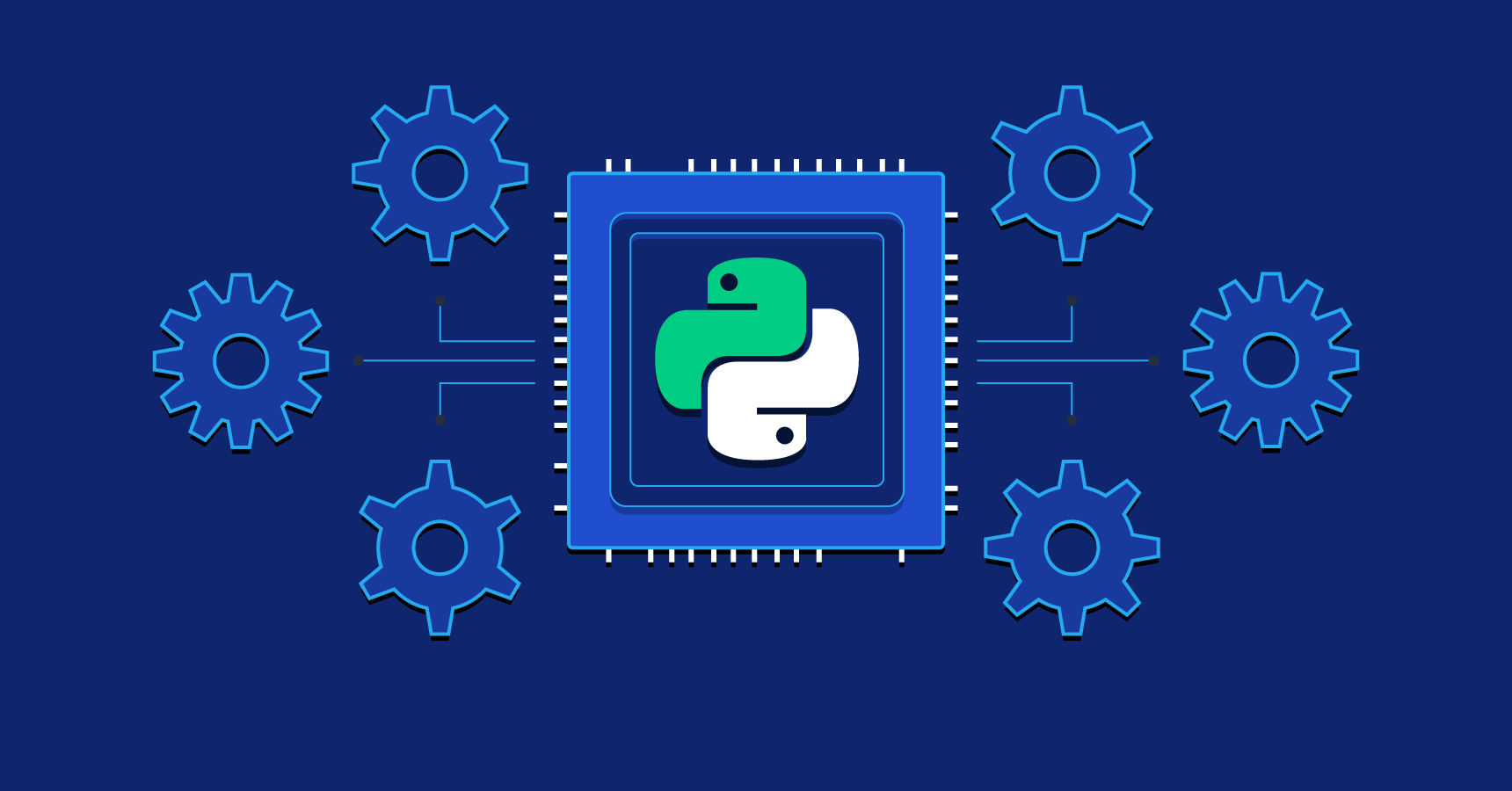

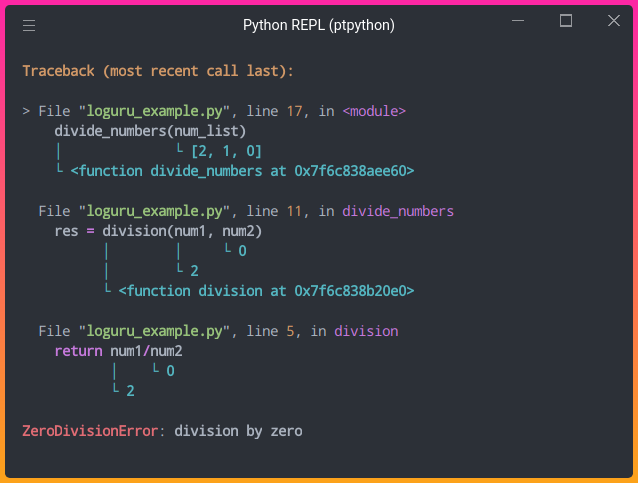
![Multiprocessing in Python - Running Multiple Processes in Parallel [Updated] Multiprocessing In Python - Running Multiple Processes In Parallel [Updated]](https://www.simplilearn.com/ice9/free_resources_article_thumb/multiprocessing_in_python.jpg)


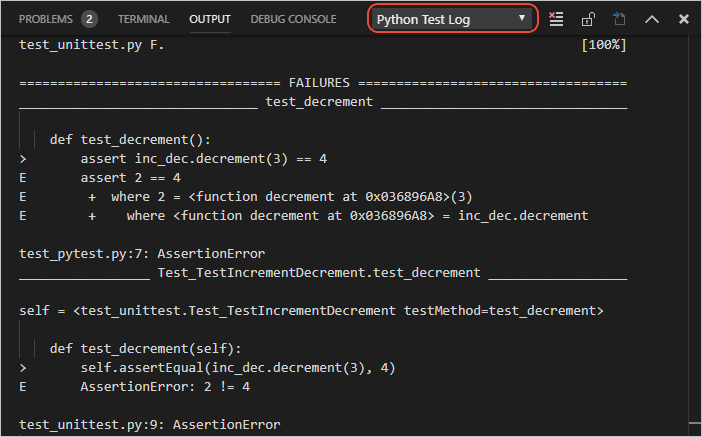

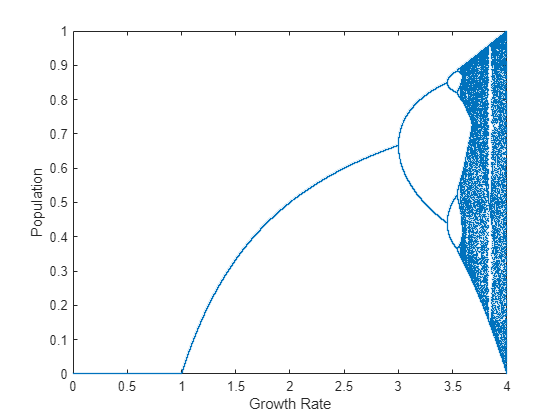



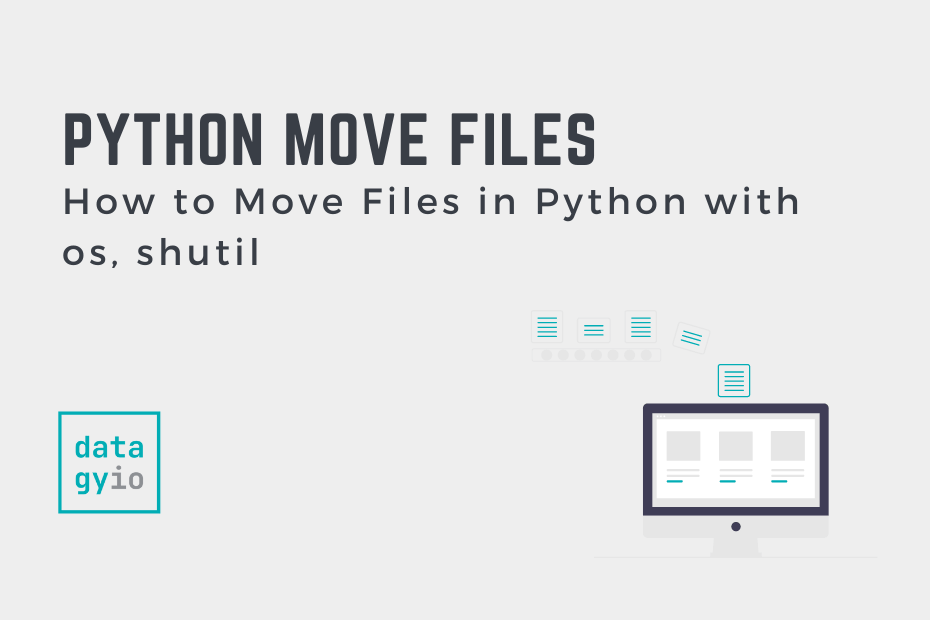


![Multiprocessing in Python - Running Multiple Processes in Parallel [Updated] Multiprocessing In Python - Running Multiple Processes In Parallel [Updated]](https://www.simplilearn.com/ice9/free_resources_article_thumb/Multiprocessing_1.png)
Article link: run 2 functions in parallel python.
Learn more about the topic run 2 functions in parallel python.
- How to run functions in parallel? – python – Stack Overflow
- How to run multiple functions at the same time in Python
- Running Multiple Functions at Once in Python using the …
- Python: run functions in parallel with a multiprocessing …
- Run Python Code In Parallel Using Multiprocessing
- Parallelization in Python: The Easy Way – Towards Data Science
- Python – Run same function in parallel with different parameters
- Python Multiprocessing — Running Multiple Functions At The …
- How to Run Python Functions in Parallel Using Ray API
- Applying Python multiprocessing in 2 lines of code
- Multithreading in Python: Running Functions in Parallel
See more: https://nhanvietluanvan.com/luat-hoc/